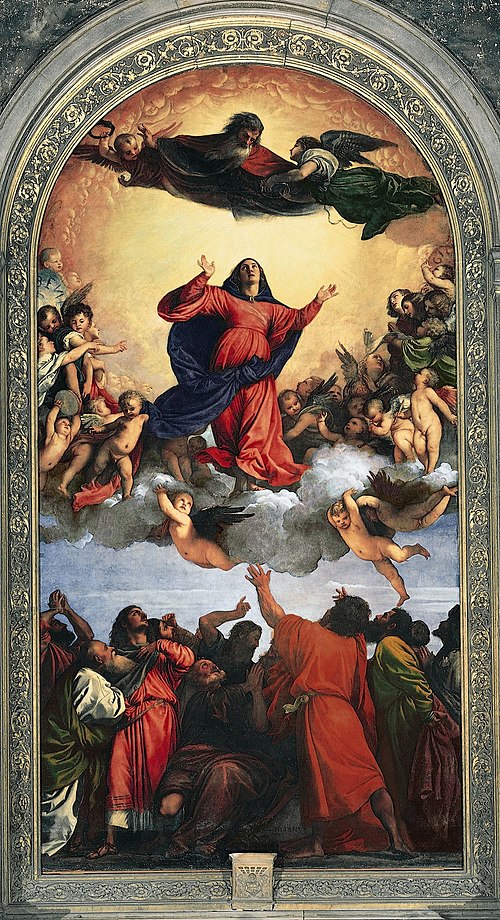Chartreusenoun
A yellow or green liqueur made by Carthusian monks.
Chartreusenoun
A greenish-yellow colour.
Chartreusenoun
(arts) A kind of enamelled pottery.
Chartreuseadjective
of a bright yellowish-green colour.
Chartreusenoun
A Carthusian monastery; esp. La Grande Chartreuse, mother house of the order, in the mountains near Grenoble, France.
Chartreusenoun
An alcoholic cordial, distilled from aromatic herbs; - made at La Grande Chartreuse.
Chartreusenoun
aromatic green or yellow liqueur flavored with orange peel and hyssop and peppermint; made at monastery near Grenoble, France
Chartreusenoun
a shade of green tinged with yellow
Chartreuseadjective
having the yellowish green color of Chartreuse liqueur
Vermilionnoun
A vivid red synthetic pigment made of mercury sulfide.
Vermilionnoun
A vivid red or slightly orange colour.
Vermilionnoun
A type of red dye worn in the parting of the hair by married Hindu women.
Vermilionnoun
The red skin of the lips or its border with the skin of the face.
Vermilionnoun
(obsolete) The kermes or cochineal insect.
Vermilionnoun
(obsolete) The cochineal dye made from this insect.
Vermilionadjective
Having a brilliant red colour.
Vermilionadjective
Having the color of the vermilion dye.
Vermilionverb
(transitive) To color or paint vermilion.
Vermilionnoun
A bright red pigment consisting of mercuric sulphide, obtained either from the mineral cinnabar or artificially. It has a fine red color, and is much used in coloring sealing wax, in printing, etc.
Vermilionnoun
Hence, a red color like the pigment; a lively and brilliant red; as, cheeks of vermilion.
Vermilionverb
To color with vermilion, or as if with vermilion; to dye red; to cover with a delicate red.
Vermilionnoun
a variable color that is vivid red but sometimes with an orange tinge
Vermilionverb
color vermilion
Vermilionadjective
of a vivid red to reddish-orange color
Vermilionnoun
a brilliant red pigment made from mercury sulphide (cinnabar).
Vermilionnoun
a brilliant red colour
Vermilion
Vermilion (sometimes spelled vermillion) is both a brilliant red or scarlet pigment, originally made from the powdered mineral cinnabar, and the corresponding color. It is commonly used in Hindu culture, primarily by women, and was widely used in the art and decoration of Ancient Rome, in the illuminated manuscripts of the Middle Ages, in the paintings of the Renaissance, and in the art and lacquerware of China.





















